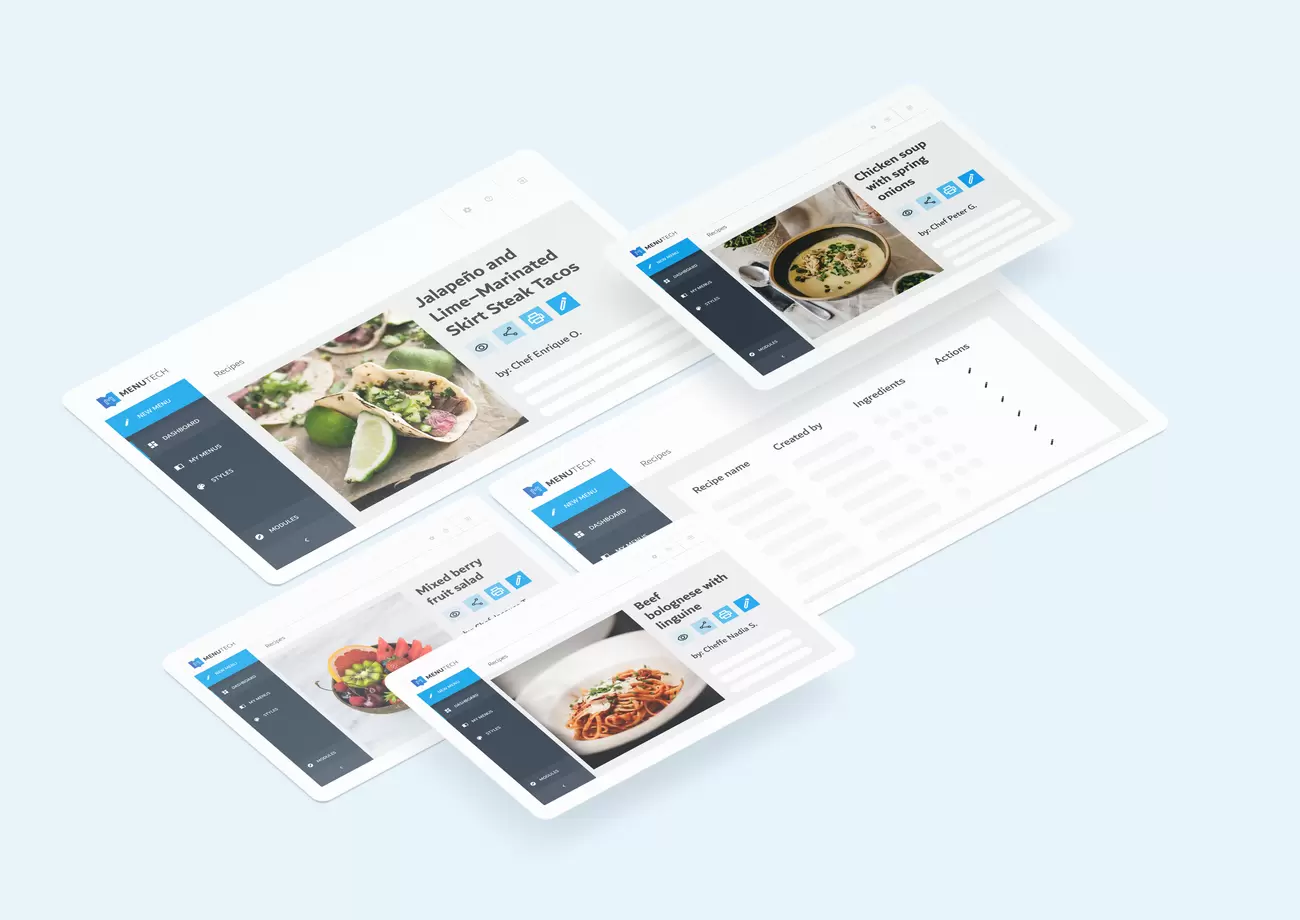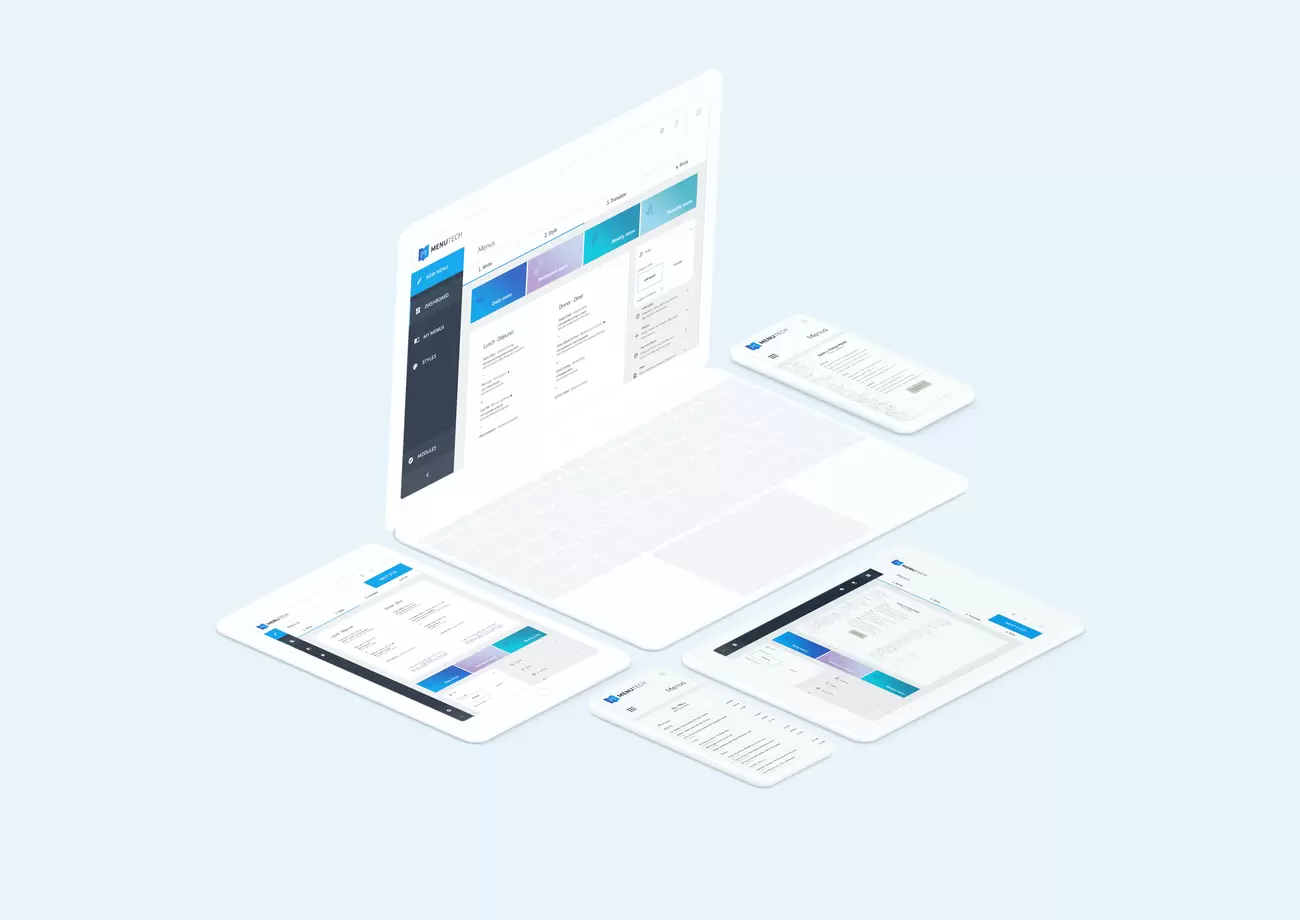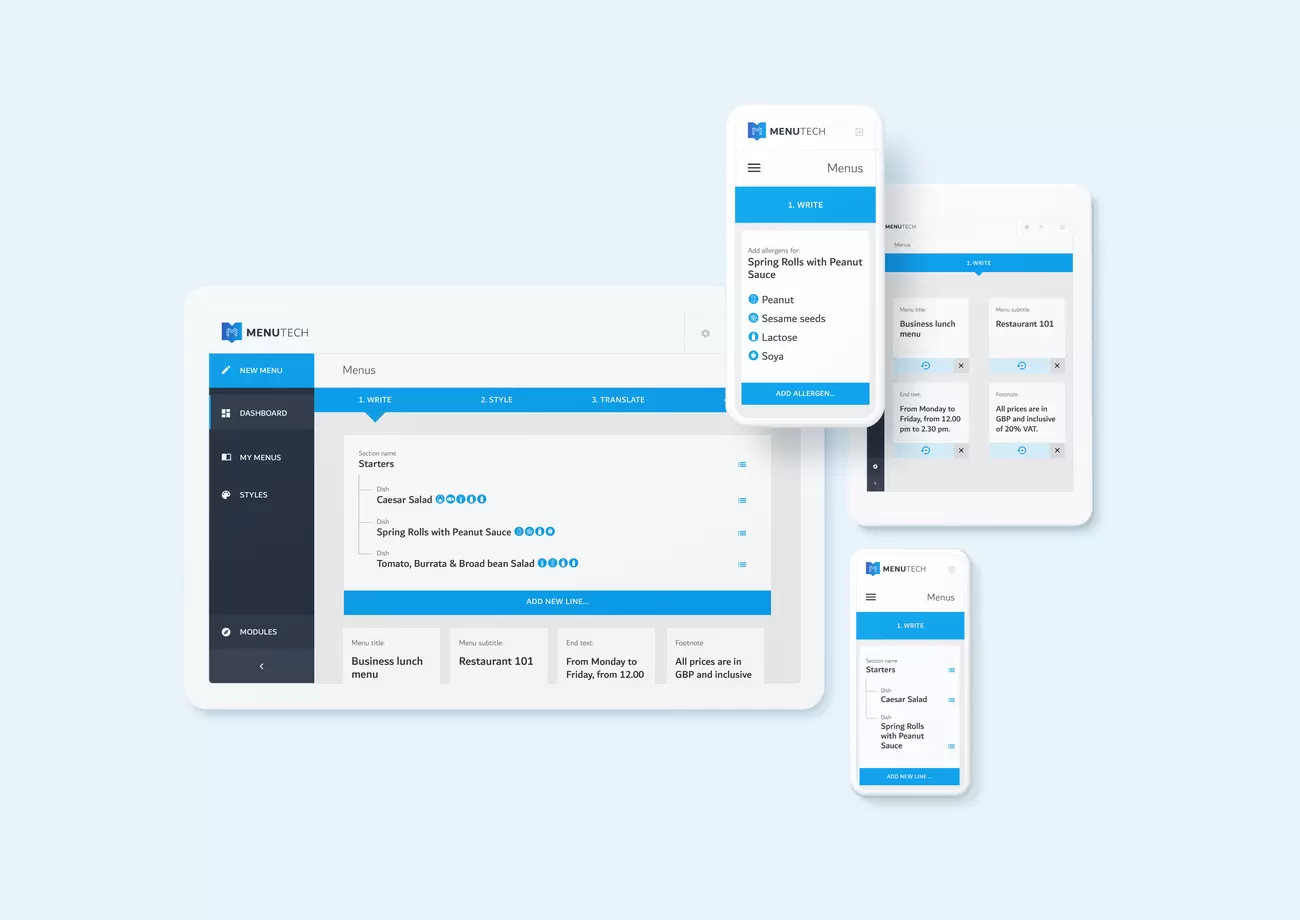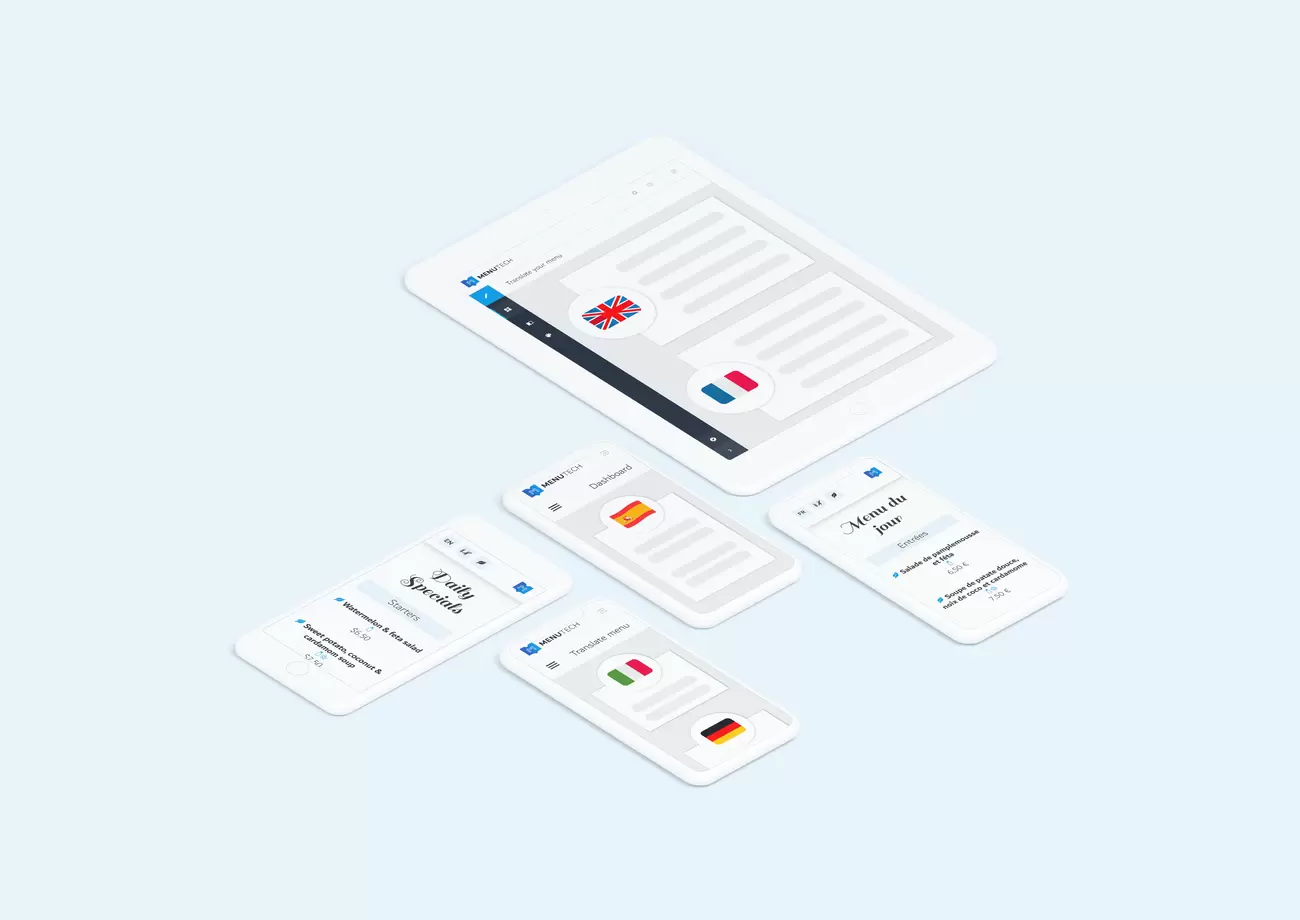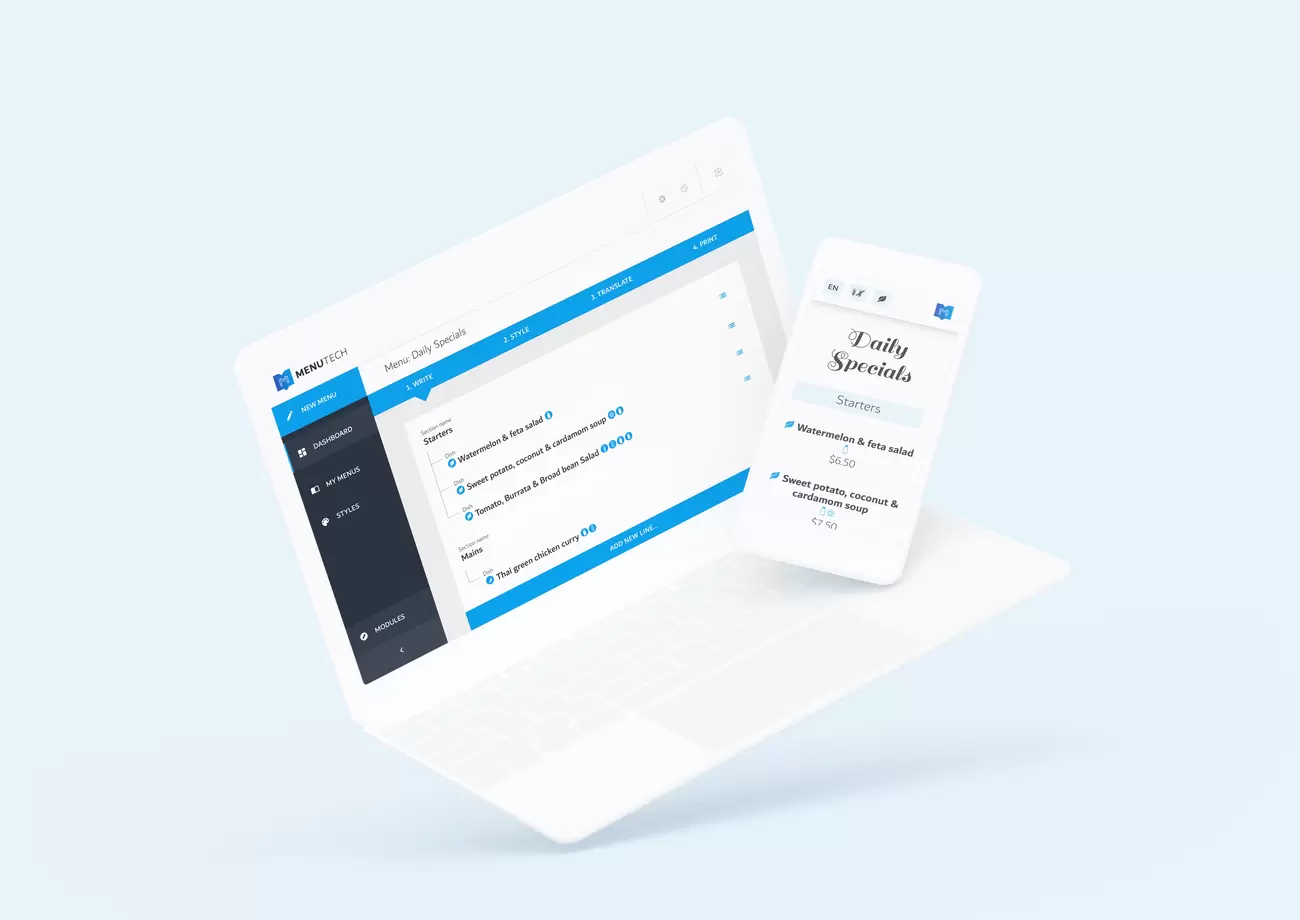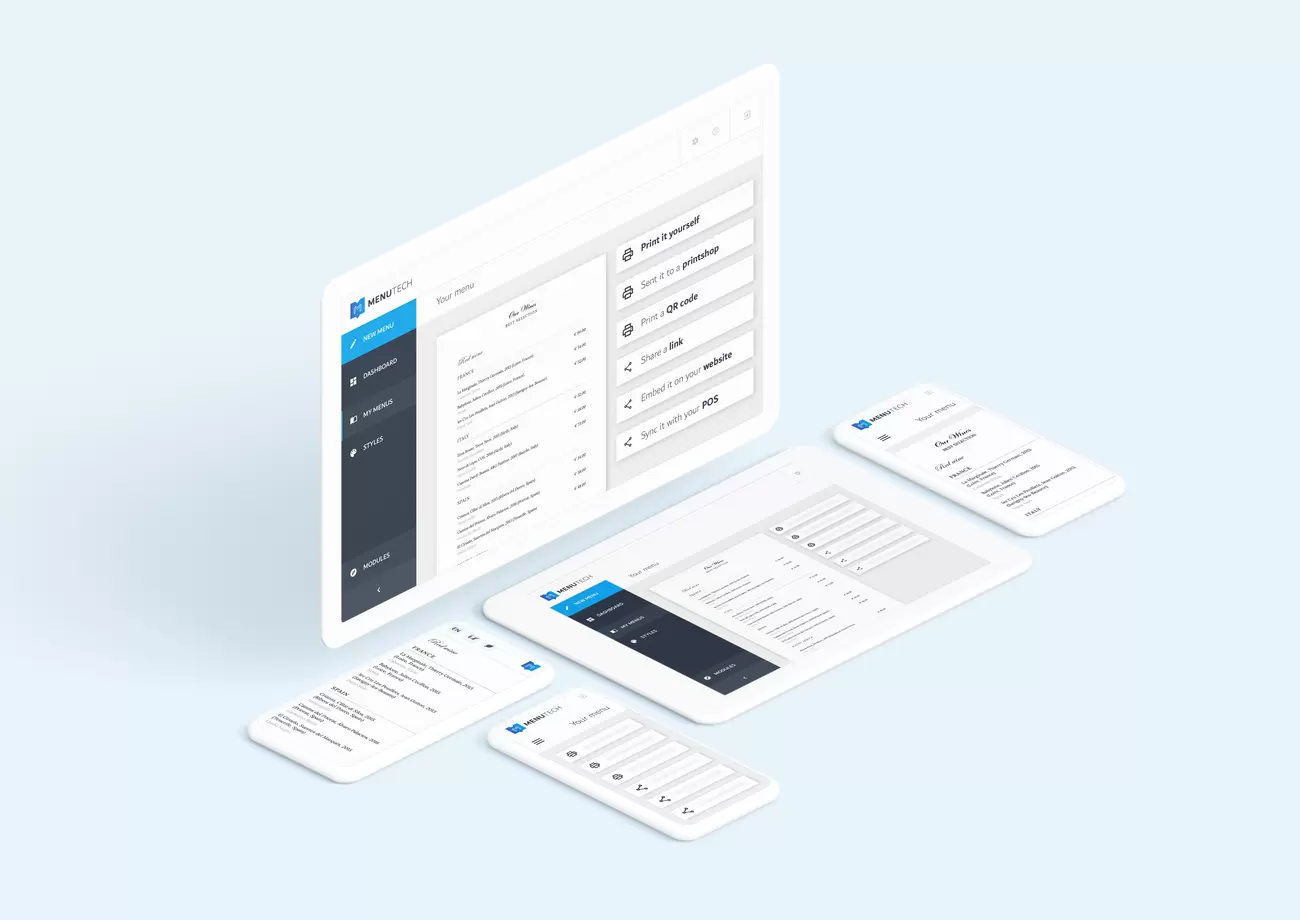Creating food menus for hospitals and nursing homes requires good planning.
Top 10 Tips For Creating a Rotating Weekly or Monthly Menu
Laure Joumier . 12 September 2022
Within the food and beverage industry, there are several types of establishments that utilize a rotating menu. If your place of business is a caterer, school, hospital, clinic, nursing home, or anywhere else that would benefit from a rotating menu that switches out on a weekly or monthly basis — this guide is a must-read.
Menutech team has helped over 10,000 businesses optimize their menus for maximum style, efficiency, and effectiveness. In this easy-to-read guide, we have broken down our most helpful tips for businesses with rotating menus. By following these simple tips, you can optimize your rotating menu and increase profitability for your business.
Here are our top 10 tips for creating a rotating weekly or monthly menu:
1. Maintain a consistent variety in your rotating menu items.
Nobody wants to eat meals day after day that are nearly identical. While re-using ingredients in different dishes is a great way to cut costs, make sure your team is utilizing the ingredients in a variety of ways that keeps meals exciting for the customers.
When creating your rotating weekly or monthly menu, there should be a consistent variety of the following:
- Colors
- Flavors
- Textures
This is especially important for rotating school menus, as children require stimulation and are more likely to participate in school lunches if the meals excite their senses.
2. Consider the demand of your rotating menu items.
If your business is consistently putting out a menu item that customers are not receptive of and therefore do not order, then this is likely resulting in tons of food waste and a significant amount of wasted money.
Every few months, your team should be evaluating the popularity of various menu items to see if there are any that are particularly unpopular with the customers. Food and beverage menu items that under-perform increase inventory costs, meaning that the elimination of these meals would save your business money in the long run.
To summarize, you should consider the demand your rotating menu items for these reasons:
- Unpopular menu items cause food waste and increased inventory costs.
- Eliminating unpopular menu items reduces food waste and decreases inventory costs
It’s that simple!
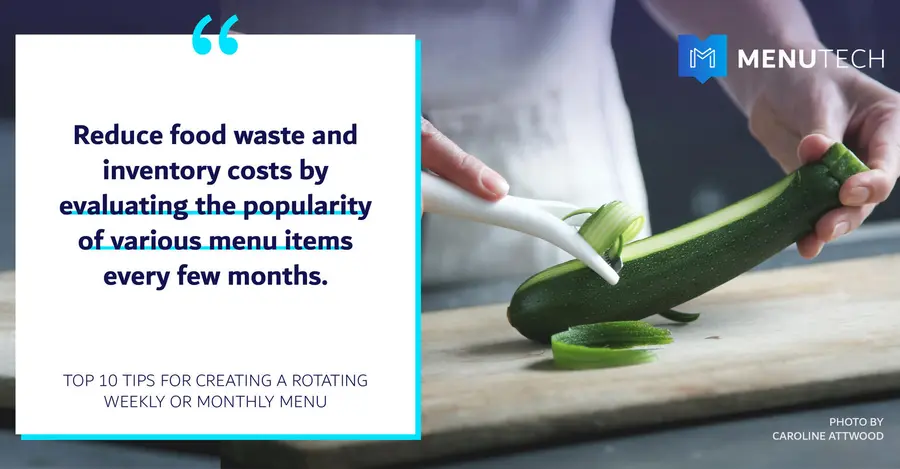
3. Cut costs by utilizing in-season produce.
Typically, it can be a bit of a challenge to incorporate in-season produce into mainstay menu items. However, when your business operates under a rotating menu, you are in a unique position that allows you to stick to produce that is currently in season. Because produce is harder to come by when it is out of season, you spend notably more money obtaining it.
By utilizing in-season produce, you benefit for four main reasons:
- It keeps food costs low.
- It makes for fresher meals.
- It keeps the customers happy.
- It maintains a higher nutritional value.
4. Provide an appealing menu aesthetic.
Not only are well-designed menus more aesthetically-pleasing for the customers, but they increase sales and improve the overall perception of your business. People will naturally assume that you put as much effort into your food as you put into the menu.
At Menutech, we offer more than 30 fully customizable menu styles so that you can select the template that works best for your establishment. This enables you to create a menu that is both well-organized and aesthetically-pleasing, without dealing with the frustration of trying to build it yourself week after week.
5. Encourage customer input.
Because you change your menu items on a regular basis, you have the ability to receive customer feedback to help optimize your menu for maximum participation.
By creating a system where customers can provide you with their honest feedback on various menu items, you can make shifts as needed that work for both your business and your customers. This could include:
- Sending out a form via email to your customers, residents, or the parents of your students
- Placing a suggestion box in the cafeteria or dining room
- Regularly asking different customers for feedback and making note of the comments
- Include your choice of customer feedback directly on Menutech’s contactless menus
6. Source local ingredients for your rotating menu.
Locally sourced ingredients have become increasingly important to customers over the years. When a business in the food and beverage industry utilizes local ingredients, it tells the customers that you care not only about superior food quality, but about the community as well.
These are just a few of the top benefits of using local ingredients in your menu:
- It fosters a sense of community.
- It reduces unnecessary food waste.
- It cuts down on costs.
- It produces fresher meals.
- It shows customers that you care about quality.
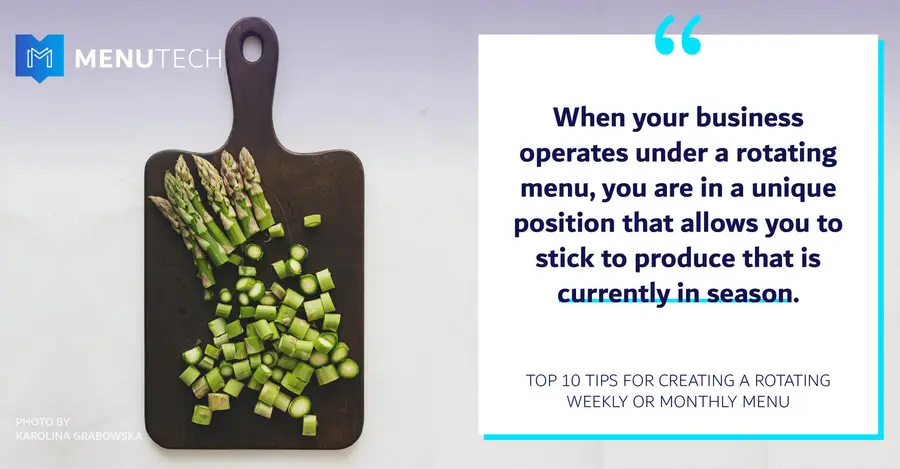
7. Phase in new menu items at a gradual pace.
If you have found that you are not happy with any of your current items and want to do a complete overhaul, proceed with caution.
While it may be tempting to make improvements all at once, it’s more likely to be well-received if you implement changes slowly.
This gives your customers time to get used to new menu items and also allows them to provide you with feedback on individual items as they are added to the rotating menu. Implementing changes to the menu slowly also makes it much easier to manage your inventory and keep food costs down.
8. Give your customers notice before changing out the rotating menu.
Whether you are adding new food items to the menu or implementing a few new dishes to the regular rotating menu, it’s always a good idea to give your customers a heads up before making changes. Even if the change is positive, many people prefer to be notified when something new is coming. Here are a few simple ways you could do this:
- Print out copies of the rotating menu for the next several months at a time for the customers to hang onto
- Send out monthly newsletters with the coming month’s menu options
- Notify customers either through email or with signage in the cafeteria to alert them of new menu items coming soon
By informing people of changes in advance, they are more likely to feel excited about the impending changes and less likely to feel ambushed by them.
With Menutech, you can automatically generate daily menus out of your weekly and monthly menus. This gives you the freedom to print out your monthly menu with broader menu items and apply last minute changes on the daily menus. For example, you could refer to a monthly menu item as “Lemon Baked Fish” to allow you to choose the fish you cook each day for that menu item as it becomes available. The changes are automatically synced across your menus, so you won’t have to reprint or re-upload any files.

9. Incorporate dishes inspired by local and national holidays.
With a menu that changes on a regular basis, incorporating the holidays is a great way to keep people excited about the dishes being offered. This could mean adding a dish with roast turkey and mashed potatoes around Christmas or serving pink heart-shaped cookies on Valentine’s Day.
Rotating menus can get repetitive and boring for customers, so it’s important to do your part in spicing things up by having fun with the menu from time to time. Incorporating holidays into your menu items is highly effective in increasing customer participation and satisfaction.
You could even swap out your usual menu design for a holiday-themed menu design to go along with your holiday-inspired menu.
10. Be transparent about the food contained in your menu items.
Now that you have learned how to optimize your rotating weekly or monthly menu, it is imperative that you take the steps required in following all mandated health and safety guidelines that pertain to your country. This could involve the following:
- Identifying potential allergens
- Following the EU food safety laws
- Monitoring contaminants
When a customer has to send back their dish, not only does it put a damper on their experience in your restaurant; but it contributes to food waste and a loss of profits for your business as well.
By incorporating clear dietary and allergen declarations on your menu, you can ensure that each of your customers feels welcomed in your establishment.
Once you have checked that your rotating menu properly adheres to your country’s mandatory food and beverage regulations for menus in your line of business, you can proceed with publishing your newly optimized rotating menu.
By following these key tips for creating a rotating weekly or monthly menu, your business is sure to see an increase in profitability.
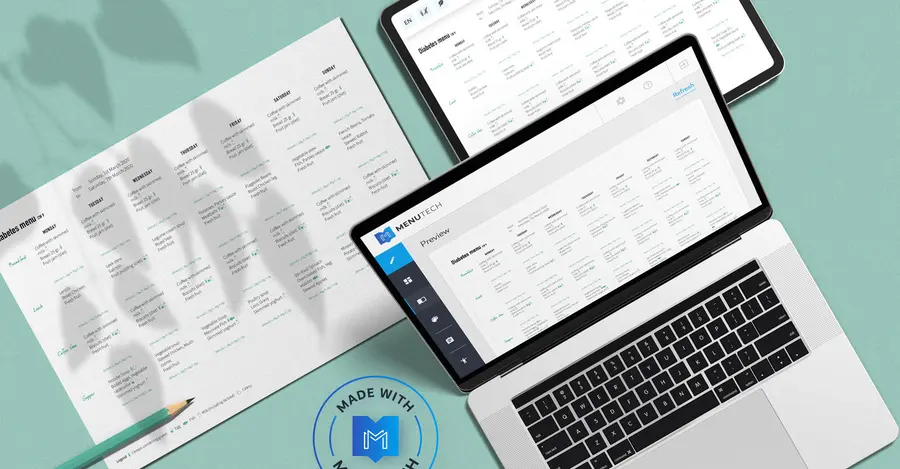
Sources:
- “School Cycle Menu Planning Tips and Tricks” by Linq
- “5 Reasons Why Locally Sourced Menus Matter” by Caroline Cox
- “8 Ways to Improve School Lunches and Keep Kids Happy” by Hitchcock Farms




